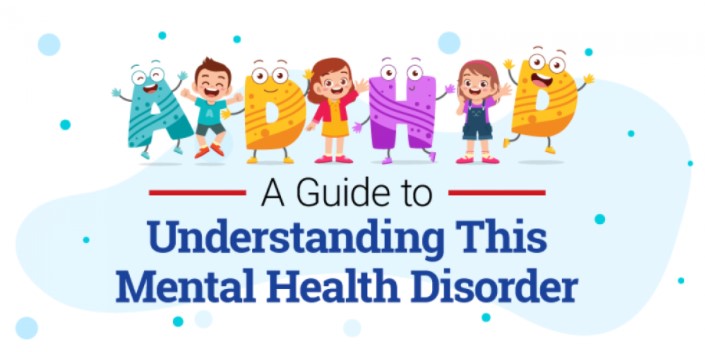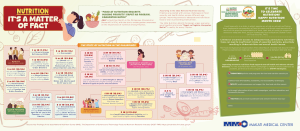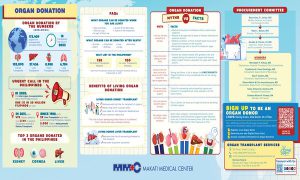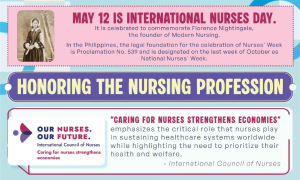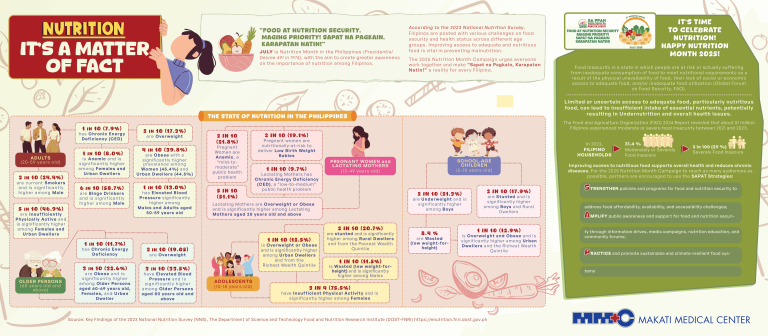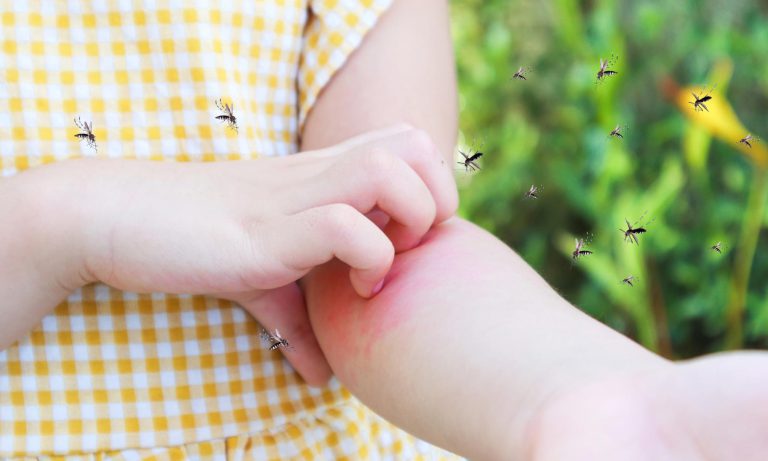Children are naturally full of energy. They like playing, moving around, and exploring their surroundings. These are considered normal impulses for children until they start exhibiting extreme and uncontrollable energy—a behavior that may indicate Attention Deficit Hyperactivity Disorder (ADHD).
This condition is usually diagnosed in children, and those with ADHD may continue to show symptoms until adulthood. However, cases of ADHD are not always easy to diagnose because its symptoms are similar to other learning or developmental disabilities.
People with ADHD may face certain challenges in various aspects of their life, such as making friends or performing in school or at work. Then again, there are those who are able to manage, cope with ADHD, and some even become successful.
Here is an infographic that breaks down the types, symptoms, and treatment options to give everyone a better grasp of this mental condition.
ADHD: What It Is and What It Is Not
ADHD, or Attention Deficit Hyperactivity Disorder, is a neuro-developmental condition that affects millions of children, adolescents, and adults worldwide. A study has found that ADHD happens when there is a delay in the development of the brain’s prefrontal cortex. As such, people with ADHD cannot perform certain age-appropriate behaviors or activities that their peers can.
ADHD is characterized by inattention, impulsivity, or hyperactivity. These symptoms may or may not occur together, so it is not right to immediately conclude that an overly active child or someone who has concentration problems has ADHD. It takes six (6) or more symptoms before children up to age 16 can be diagnosed with ADHD, while for those aged 17 years or older, only five (5) signs are needed.
ADHD in children cannot be properly diagnosed until they reach the age of seven (7) because children’s behaviors can change over time, depending on several factors. Deciding whether a child has ADHD or not requires a thorough evaluation from an expert in developmental pediatrics.
It is believed that other factors also contribute to the development of the disease, including genetics, imbalance in the brain’s biochemical substances, poor nutrition, or brain injuries.
Major Types of ADHD
The classification of ADHD depends on the predominant behavior of the child or adult afflicted with the condition. These are the three major types of ADHD:
1. Impulsive and hyperactive
People with this type exhibit more symptoms of impulsivity and hyperactivity but not inattention. Here are some ways that children with these symptoms may behave:
- They are constantly in motion—fidgeting, jumping up and down, climbing furniture, or running without stopping. Children with this ADHD type cannot sit still at any given time, which is not the same as that of a child who will not sit still because he/she cannot wait to go somewhere or do something else.
- They are constantly talking, often in rambles. This shows that they are not actually thinking about what they are saying. However, children with this type can hear what people around them are talking about even though it may not seem like it.
- They have trouble taking turns, so they are likely to interrupt someone talking or blurt out an answer even before they hear the complete question.
2. Inattentive and distractible
This condition makes the person unable to pay attention and get distracted easily. However, signs of hyperactivity are less common. People with this type of ADHD may exhibit the following symptoms:
- They do not seem to care about details, so they are prone to making mistakes out of carelessness.
- They find it difficult to follow through on instructions to the level that other children of their age do. Also, they have trouble finishing even the simplest of tasks, often switching things to do because of their short attention span.
- They are unable to stay organized, often resulting in forgetting things or losing important items.
3. Combined
Affecting roughly 61% of clinically referred patients, this is the most common form of ADHD, where a person has all the manifestations of ADHD. As such, those with the condition display all the symptoms—impulsiveness, hyperactivity, inattention, and distractibility.
Treatment and Medication Options for ADHD
ADHD falls under neuropsychiatry because it is a mental disorder that causes behavioral, cognitive, or psychological problems. There is no known cure for this condition, but there are ways to manage the symptoms.
- Therapeutic treatments—Common forms of therapy include behavior therapy, psychotherapy, social skills training, support groups, and parenting skills training. The goal is to train ADHD patients along with their family members to identify behavioral patterns and their triggers and then develop strategies to have better control of the situation.
- Prescription medication—The doctor prescribes stimulant or non-stimulant drugs that trigger the dopamine and norepinephrine chemicals in the brain, which are responsible for a person’s ability to concentrate or focus.
If someone is diagnosed with ADHD, it is crucial to decide what type of treatment will be given to the patient. For example, parents of a school-age child should discuss with their doctor how taking medication—whether stimulants or non-stimulants—may affect their child’s mood, sleeping pattern, appetite, and so on.
Parents can also practice different behavioral interventions at home to help their children with ADHD learn both academic and life skills. Here are some tips:
- Establish a routine. As much as possible, follow a consistent schedule for waking up, mealtime and playtime, doing homework, and going to bed to keep daily activities as organized as possible.
- Keep things in their proper place. From school uniforms to art kits and toys, make sure that there is a designated and clearly labeled space for them. This can go a long way in helping children know where to find things on their own.
- Use positive reinforcement. Children with ADHD need affirmation that they are behaving the way they should. Whenever they follow the rules or instructions, give small rewards or praise, so they will remember to keep that behavior the next time around.
Proper Care Is the Best Cure for ADHD
ADHD can be a challenge for people who have this condition and their families who look after them as they deal with a roller coaster of emotions and behaviors. Fortunately, several treatment and intervention approaches can ease the burden in coping with ADHD.
Schedule a visit to Makati Medical Center and talk to one of our developmental pediatricians for proper evaluation, diagnosis, and treatment of ADHD and other mental health concerns of your children.

